When it comes to designing your living room, one of the most important factors to consider is the color temperature. This refers to the warmth or coolness of a color, which can greatly impact the overall mood and ambiance of the room. So how do you choose the right color temperature for your living room? Let's explore some helpful tips and tricks.1. Choosing the Right Color Temperature for Your Living Room
Color temperature can be used to create different moods and atmospheres in your living room. For a cozy and inviting feel, warm colors with a yellow or red undertone, such as goldenrod or terracotta, are ideal. On the other hand, cool colors with a blue or green undertone, like sky blue or mint green, can create a more calming and serene atmosphere. Consider what kind of vibe you want to achieve in your living room and select the appropriate color temperature accordingly.2. How to Use Color Temperature to Create the Perfect Living Room Ambiance
The color temperature of your living room can greatly affect the overall mood of the space. Warmer colors tend to create a more intimate and inviting feel, while cooler colors can make a room feel more spacious and airy. For a lively and energetic atmosphere, opt for warmer colors like burnt orange or deep red. If you prefer a more relaxed and tranquil ambiance, cooler colors such as lavender or seafoam green are a great choice.3. The Impact of Color Temperature on Your Living Room's Mood
When choosing the color temperature for your living room lighting, it's important to consider the type of lighting you have. LED lights typically have a cooler color temperature, while incandescent lights tend to have a warmer color temperature. If you have a mix of both in your living room, try to balance them out to create a harmonious and cohesive look.4. Tips for Selecting the Best Color Temperature for Your Living Room Lighting
For a better understanding of color temperature and how it can impact your living room, it's helpful to know the color temperature scale. The scale ranges from warm (2700K-3000K) to cool (5000K-6500K) with neutral tones falling in between. Consider the natural lighting in your living room and aim for a color temperature that complements it. For instance, if your living room gets a lot of natural sunlight, a cooler color temperature may be a better choice.5. Understanding Color Temperature: A Guide for Your Living Room
Color temperature is measured in Kelvins (K) and is based on the color of heated metal. Higher temperatures result in cooler colors, while lower temperatures produce warmer colors. This scientific concept can help you understand how different color temperatures can impact the look and feel of your living room. For example, a color temperature of 2700K is similar to the warm glow of a candle, while a temperature of 6500K is similar to natural daylight.6. The Science Behind Color Temperature and How it Affects Your Living Room
Color temperature can also be used to enhance your living room decor. For a cohesive and visually pleasing look, consider the color temperature of your furniture, decor, and lighting. If you have warm-toned furniture, complement it with warm lighting and decor. Similarly, cool-toned furniture can be paired with cooler lighting and accents. This will create a sense of harmony and balance in your living room design.7. Using Color Temperature to Enhance Your Living Room Decor
Color temperature can also be adjusted to suit different activities in your living room. For example, if you're watching a movie, you may want to dim the lights and opt for a warmer color temperature to create a cozy and intimate setting. On the other hand, if you're hosting a party, cooler lighting with a higher color temperature can help create a more lively and energetic atmosphere.8. How to Adjust Color Temperature in Your Living Room for Different Activities
Choosing the right color temperature is crucial in creating a cozy and inviting living room. Warm colors can make a space feel more intimate and comfortable, while cooler colors can make a room feel more open and airy. Consider incorporating warm tones like amber or taupe in your living room design to create a cozy and welcoming atmosphere for you and your guests.9. The Importance of Color Temperature in Creating a Cozy Living Room
If you're still unsure about which color temperature is best for your living room, here's a simple guide to help you out: Step 1: Consider the natural lighting in your living room and whether you want to complement or contrast it. Step 2: Think about the mood and atmosphere you want to create in your living room. Step 3: Consider the type of lighting you have and aim for a balance of warm and cool tones. Step 4: Take into account the color temperature of your furniture and decor and aim for a cohesive look. By following these steps and considering the various factors, you can find the perfect color temperature for your living room. Remember, the right color temperature can greatly enhance the overall look and feel of your living room, so take the time to choose wisely. 10. Finding the Perfect Color Temperature for Your Living Room: A Step-by-Step Guide
How to Choose the Perfect Color Temperature for Your Living Room

Understanding Color Temperature
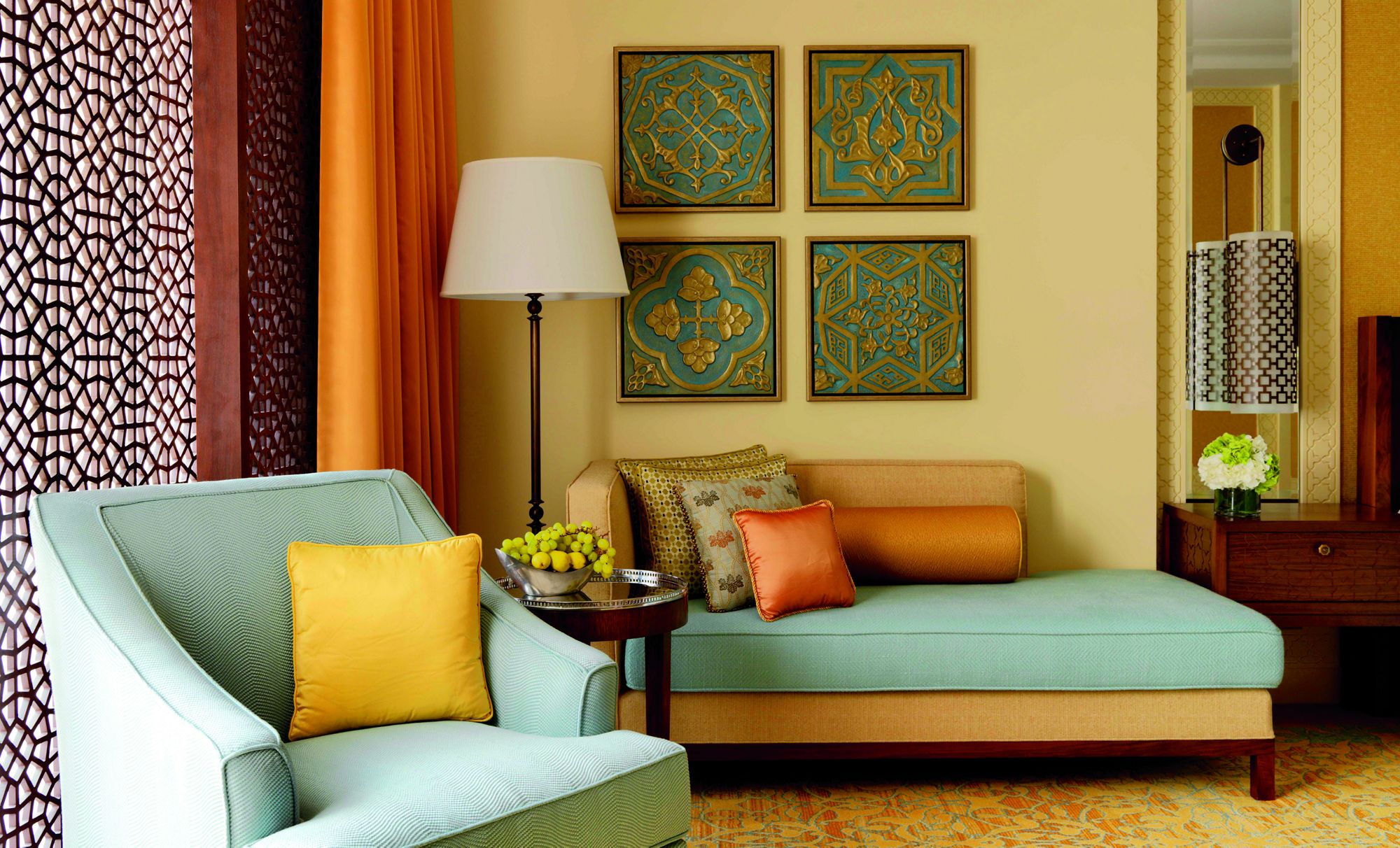 When designing or redecorating your living room, one important factor to consider is the color temperature of the room. Color temperature refers to the visual warmth or coolness of a color, and it is measured in Kelvin (K). The higher the number, the cooler the color; the lower the number, the warmer the color. For example, a light with a color temperature of 2700K will give off a warm, yellowish light, while a light with a color temperature of 5000K will give off a cool, bluish light.
When designing or redecorating your living room, one important factor to consider is the color temperature of the room. Color temperature refers to the visual warmth or coolness of a color, and it is measured in Kelvin (K). The higher the number, the cooler the color; the lower the number, the warmer the color. For example, a light with a color temperature of 2700K will give off a warm, yellowish light, while a light with a color temperature of 5000K will give off a cool, bluish light.
Benefits of Choosing the Right Color Temperature
:max_bytes(150000):strip_icc()/beautiful-living-room-interior-with-colorful-area-rug--large-couch--and-abundant-natural-light-1210163723-a6f8f523c80a41b3a1272de88db0cc21.jpg) The color temperature of your living room can greatly affect the overall ambiance and mood of the space. Choosing the right color temperature can enhance the design and make the room feel more inviting and comfortable. It can also affect how colors appear in the room, making them look more vibrant or muted depending on the temperature. Additionally, the right color temperature can also impact the functionality of the room, such as creating a more relaxing atmosphere for a cozy movie night or providing a brighter, energizing light for a productive work session.
The color temperature of your living room can greatly affect the overall ambiance and mood of the space. Choosing the right color temperature can enhance the design and make the room feel more inviting and comfortable. It can also affect how colors appear in the room, making them look more vibrant or muted depending on the temperature. Additionally, the right color temperature can also impact the functionality of the room, such as creating a more relaxing atmosphere for a cozy movie night or providing a brighter, energizing light for a productive work session.
Consider the Function of Your Living Room
/169789002-58a723d63df78c345b930ec6.jpg) When deciding on the color temperature for your living room, it is important to consider the function of the space. Are you using the room primarily for relaxation and entertainment, or do you also need it to serve as a workspace? For a more relaxing and cozy atmosphere, warmer color temperatures around 2700K to 3000K are recommended. For a more functional and energizing space, cooler color temperatures around 4000K to 5000K are ideal.
When deciding on the color temperature for your living room, it is important to consider the function of the space. Are you using the room primarily for relaxation and entertainment, or do you also need it to serve as a workspace? For a more relaxing and cozy atmosphere, warmer color temperatures around 2700K to 3000K are recommended. For a more functional and energizing space, cooler color temperatures around 4000K to 5000K are ideal.
Complement Your Design Style
 The color temperature of your living room should also complement your design style. For a more traditional or cozy look, warmer color temperatures work well, while cooler color temperatures can enhance a modern or contemporary design. Keep in mind that color temperature can also impact the perception of the size and shape of a room. Warmer color temperatures can make a room feel more intimate and smaller, while cooler temperatures can create a more open and spacious feel.
So, when choosing the color temperature for your living room, be sure to consider the function of the space, your design style, and the overall mood you want to create.
With the right color temperature, you can transform your living room into a welcoming and functional space that reflects your personal style.
The color temperature of your living room should also complement your design style. For a more traditional or cozy look, warmer color temperatures work well, while cooler color temperatures can enhance a modern or contemporary design. Keep in mind that color temperature can also impact the perception of the size and shape of a room. Warmer color temperatures can make a room feel more intimate and smaller, while cooler temperatures can create a more open and spacious feel.
So, when choosing the color temperature for your living room, be sure to consider the function of the space, your design style, and the overall mood you want to create.
With the right color temperature, you can transform your living room into a welcoming and functional space that reflects your personal style.


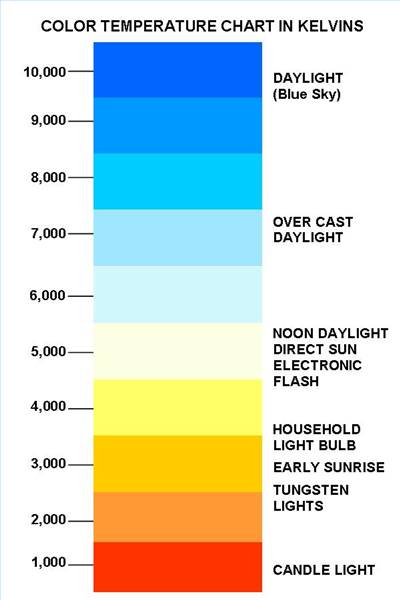

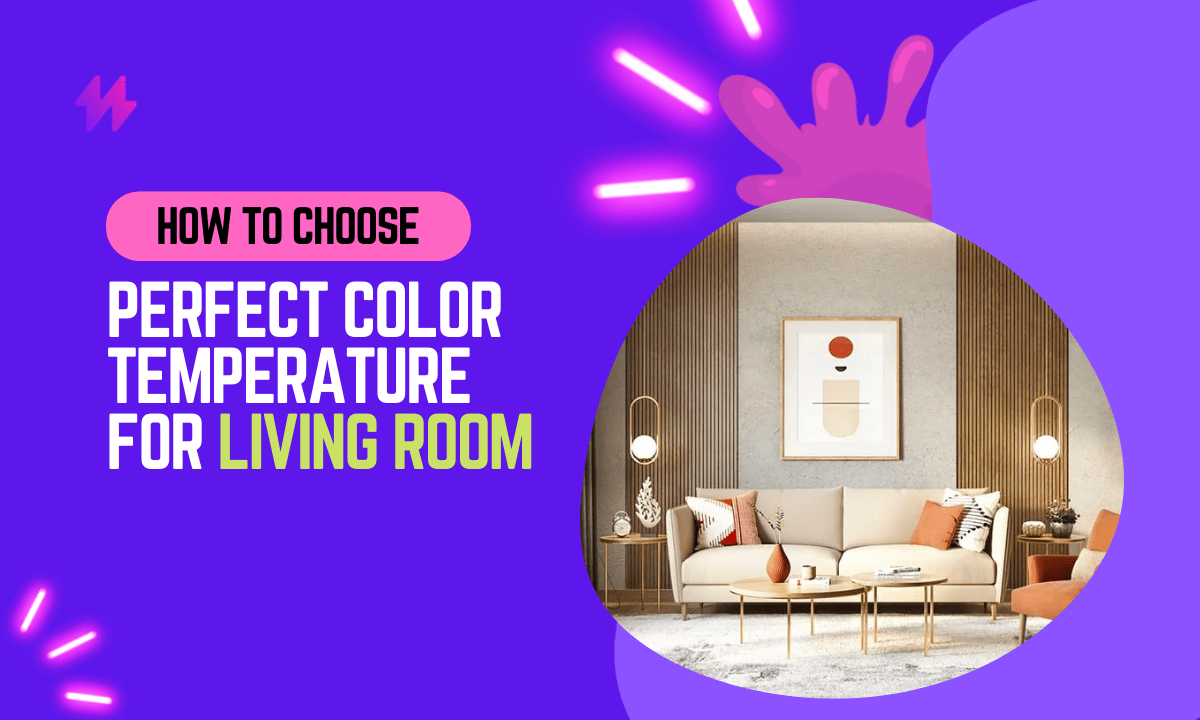


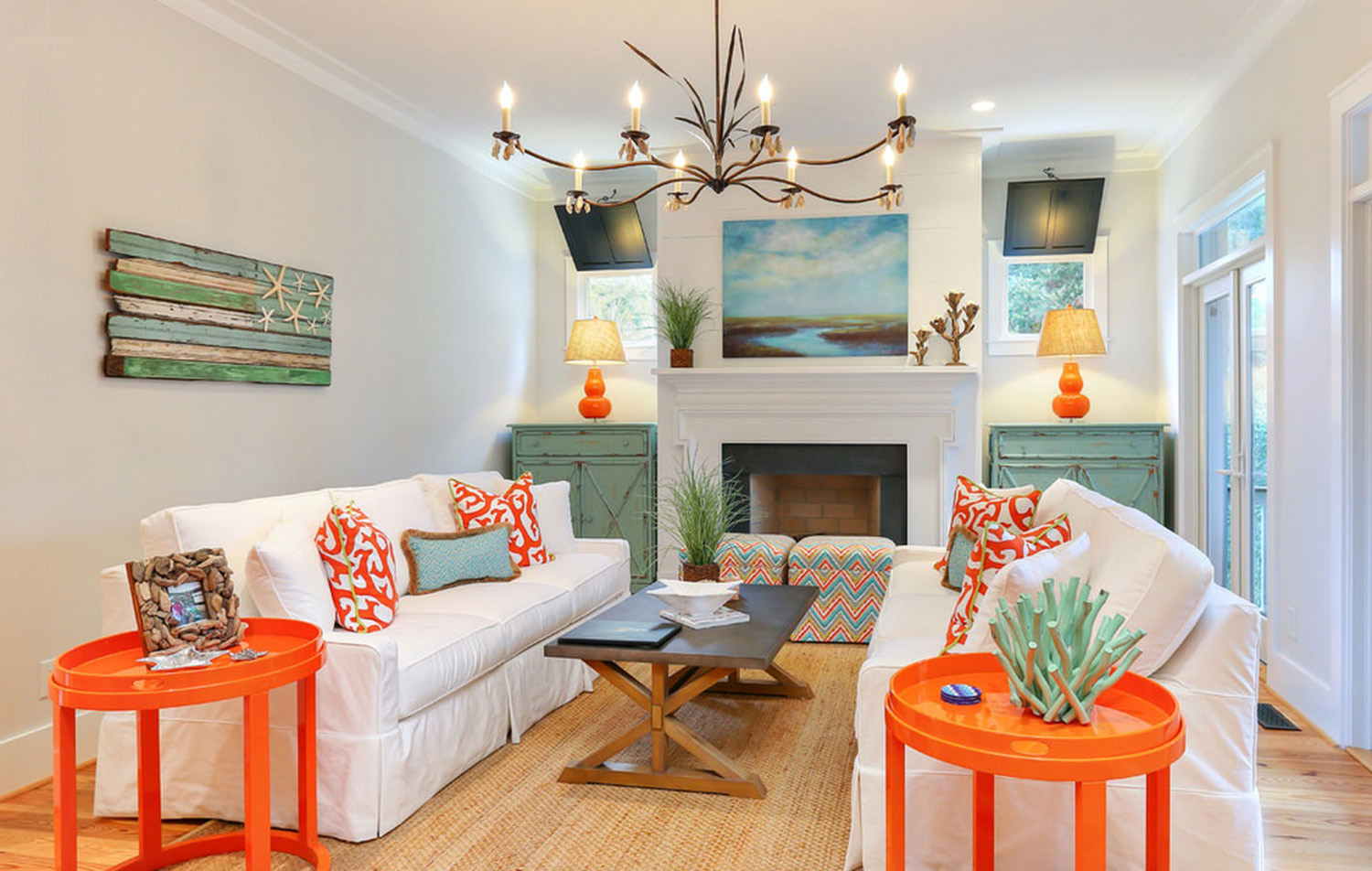
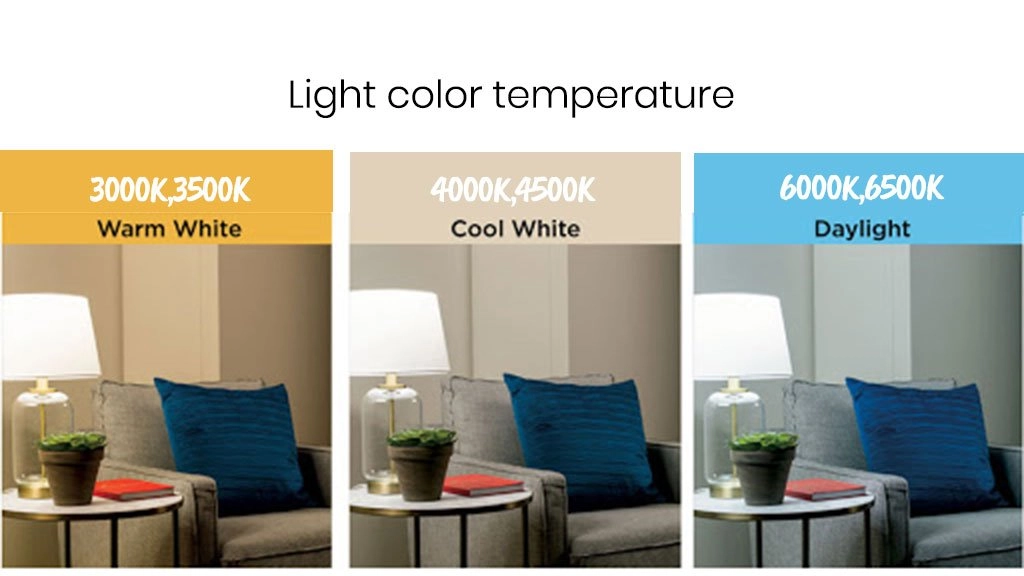












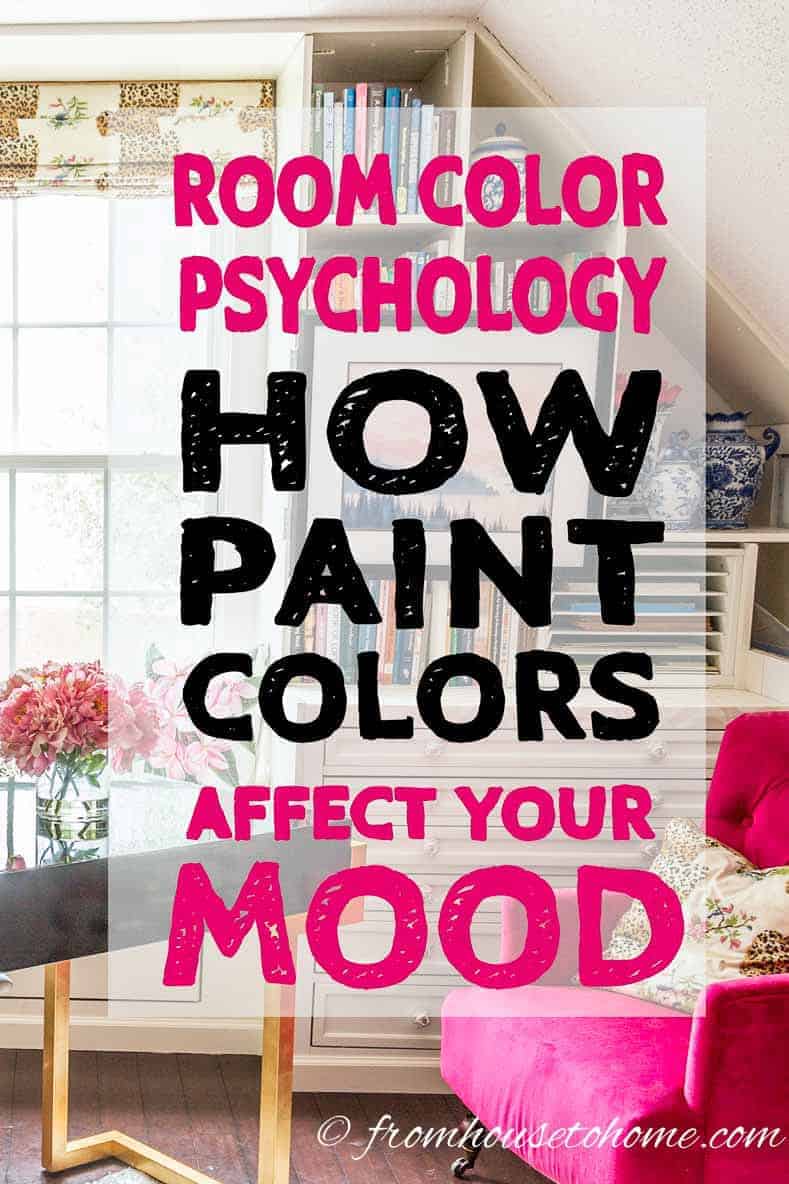





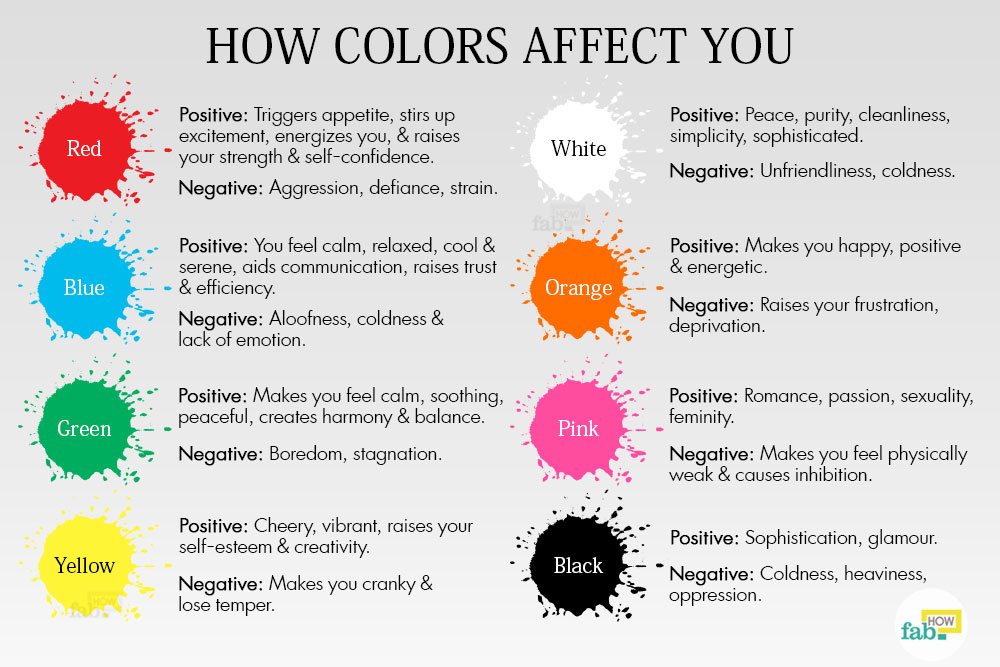
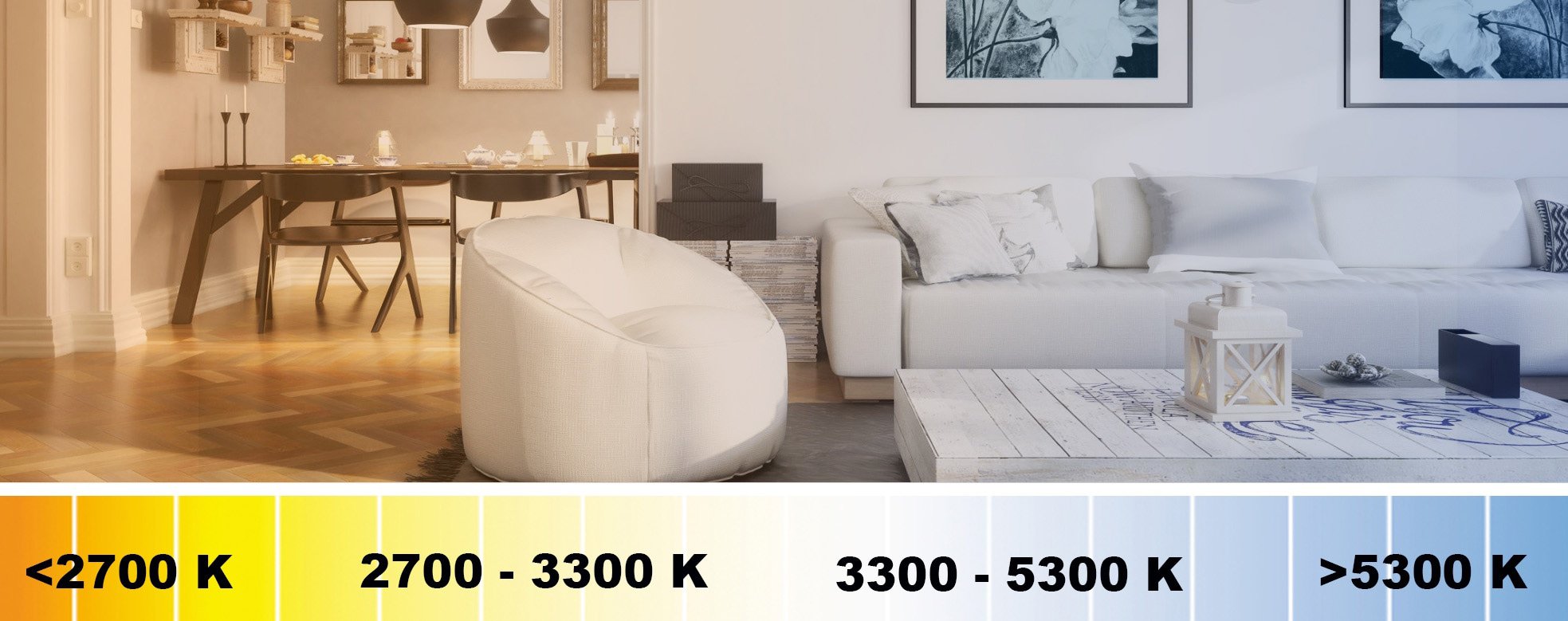

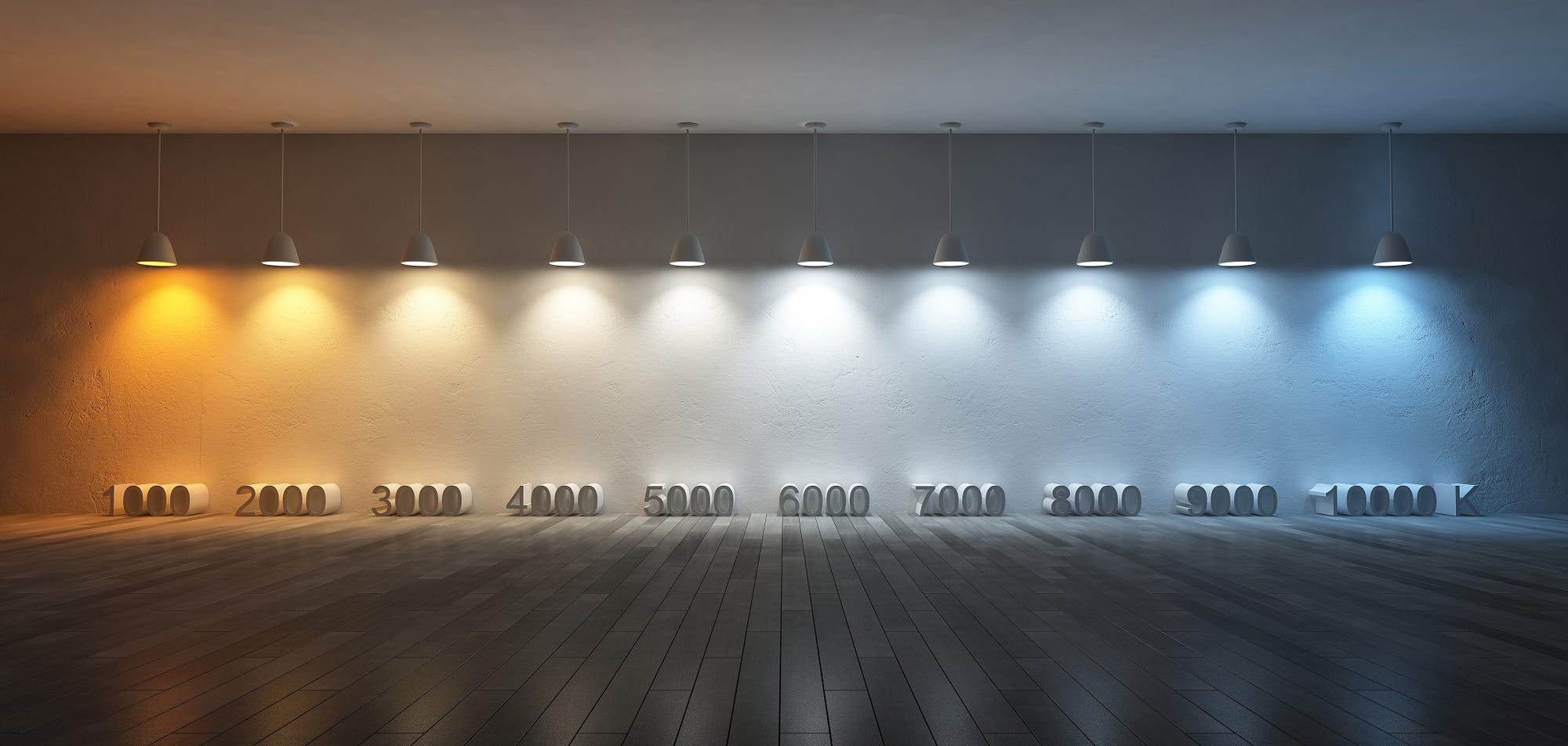
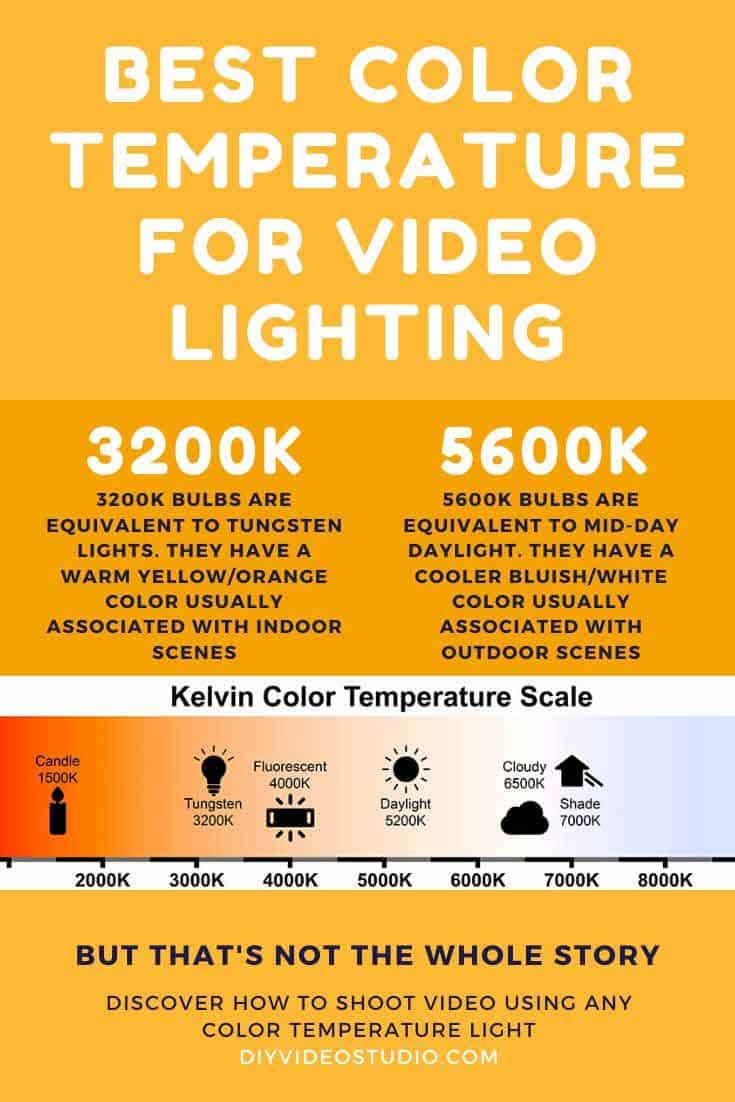


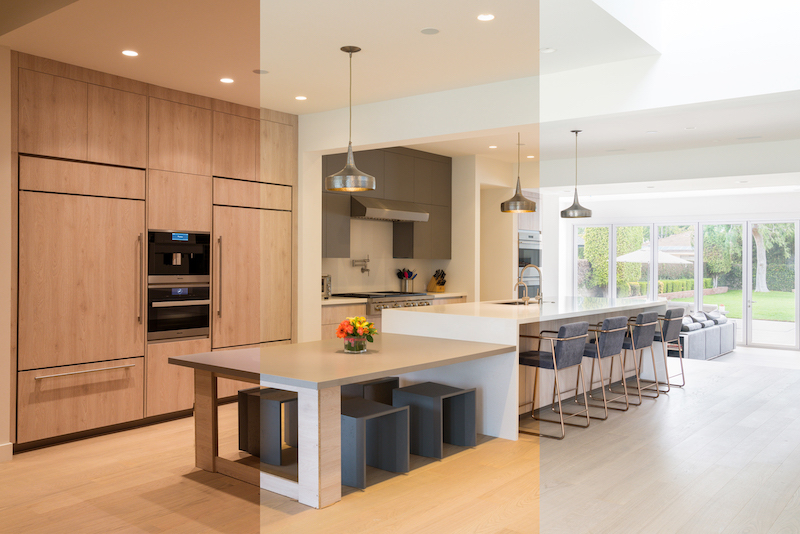
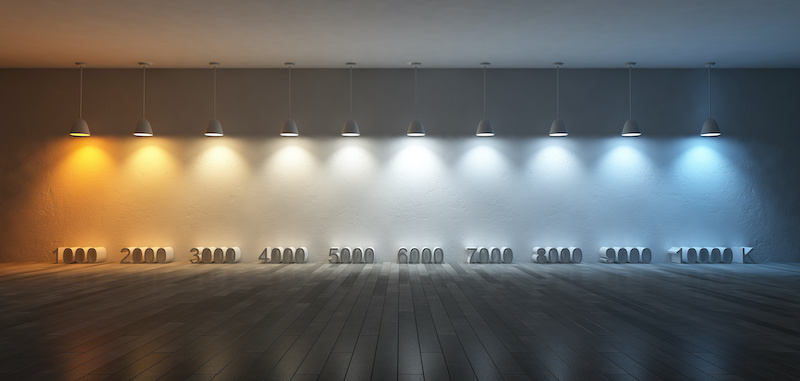

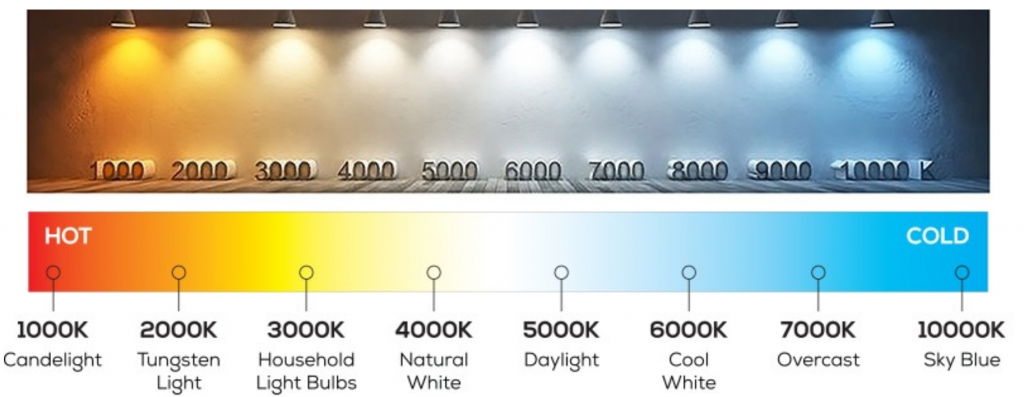





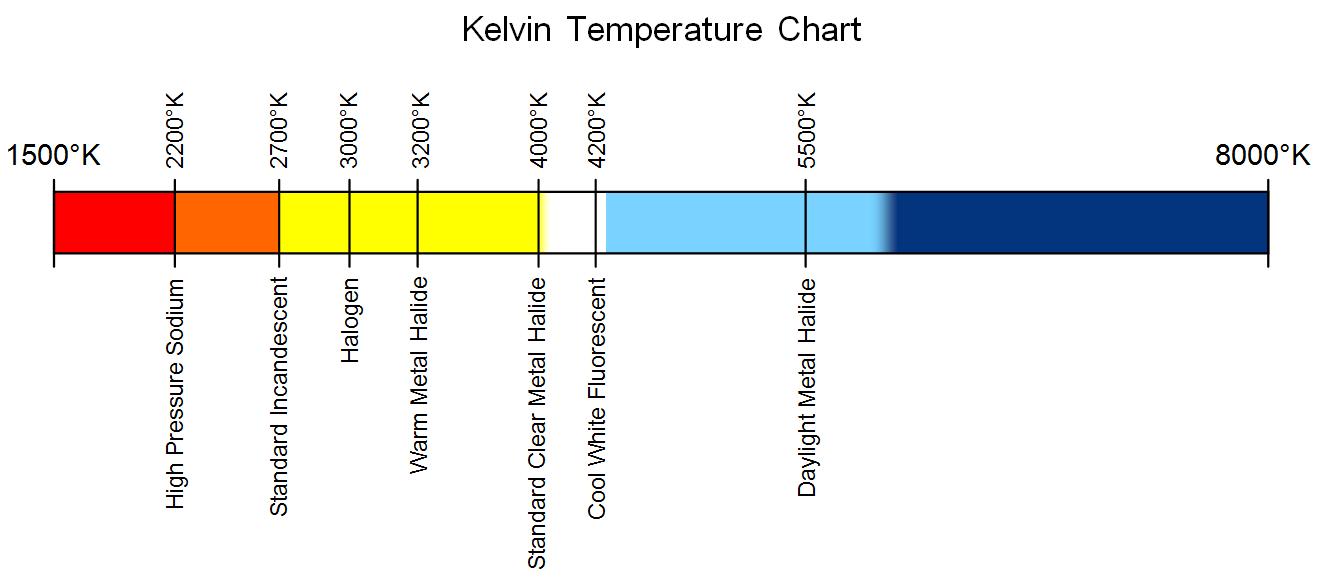
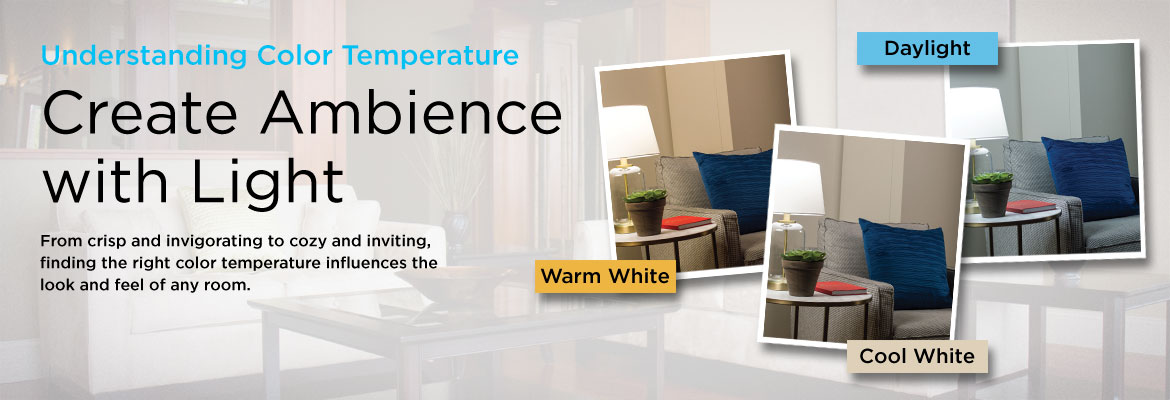


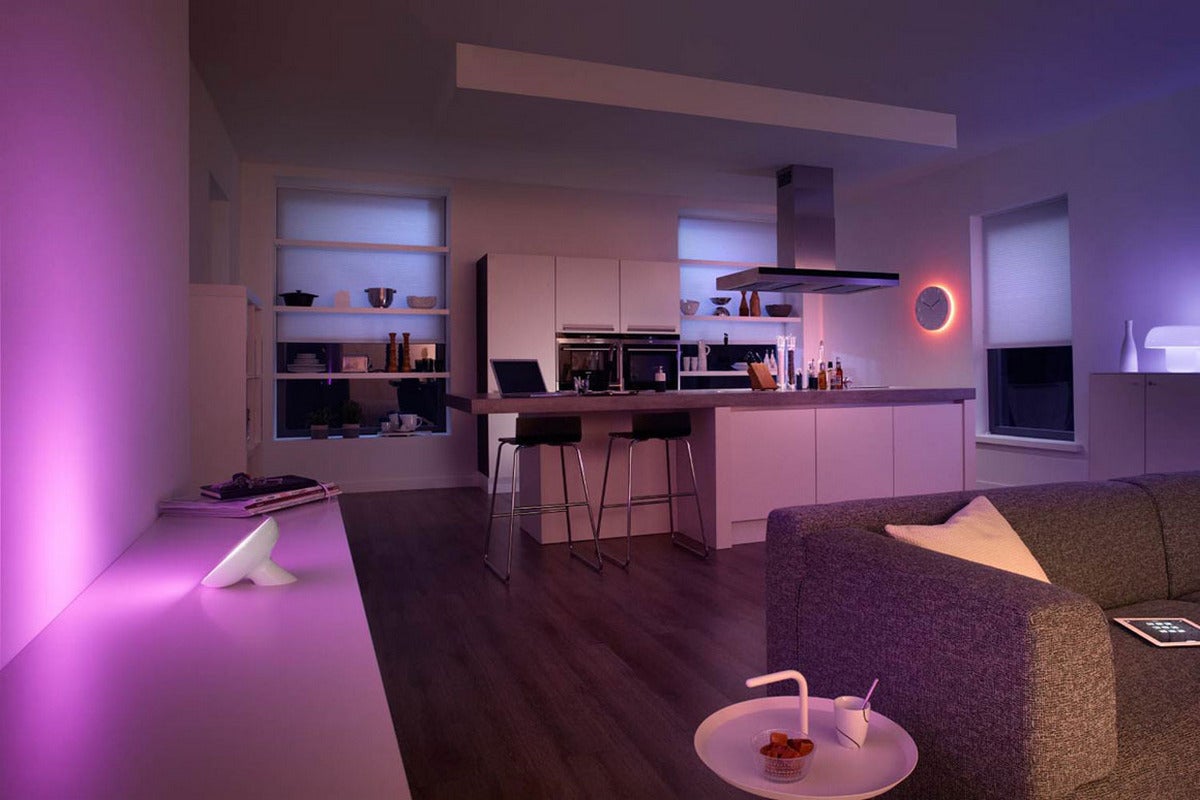



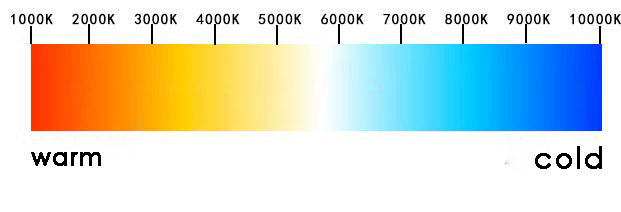
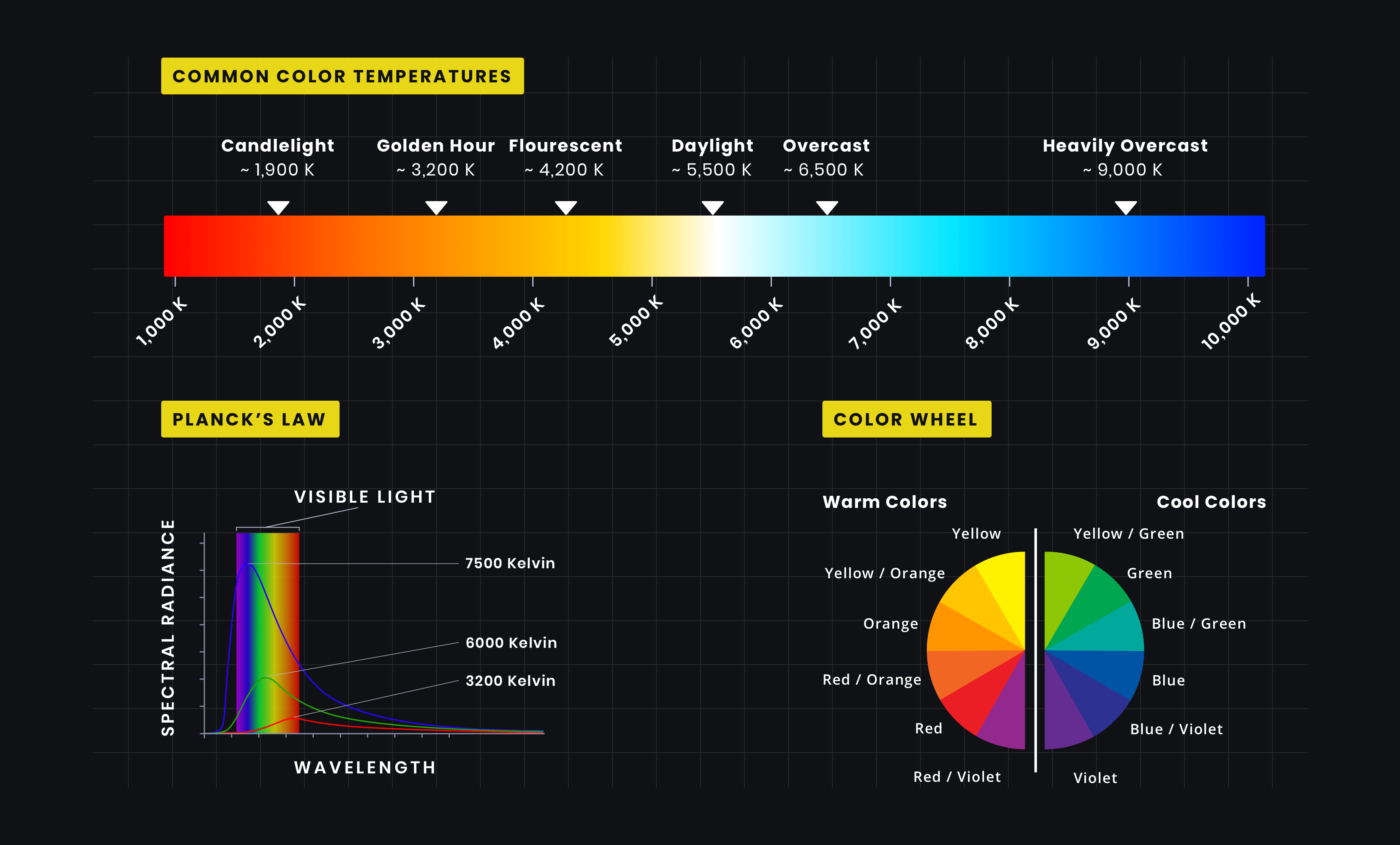
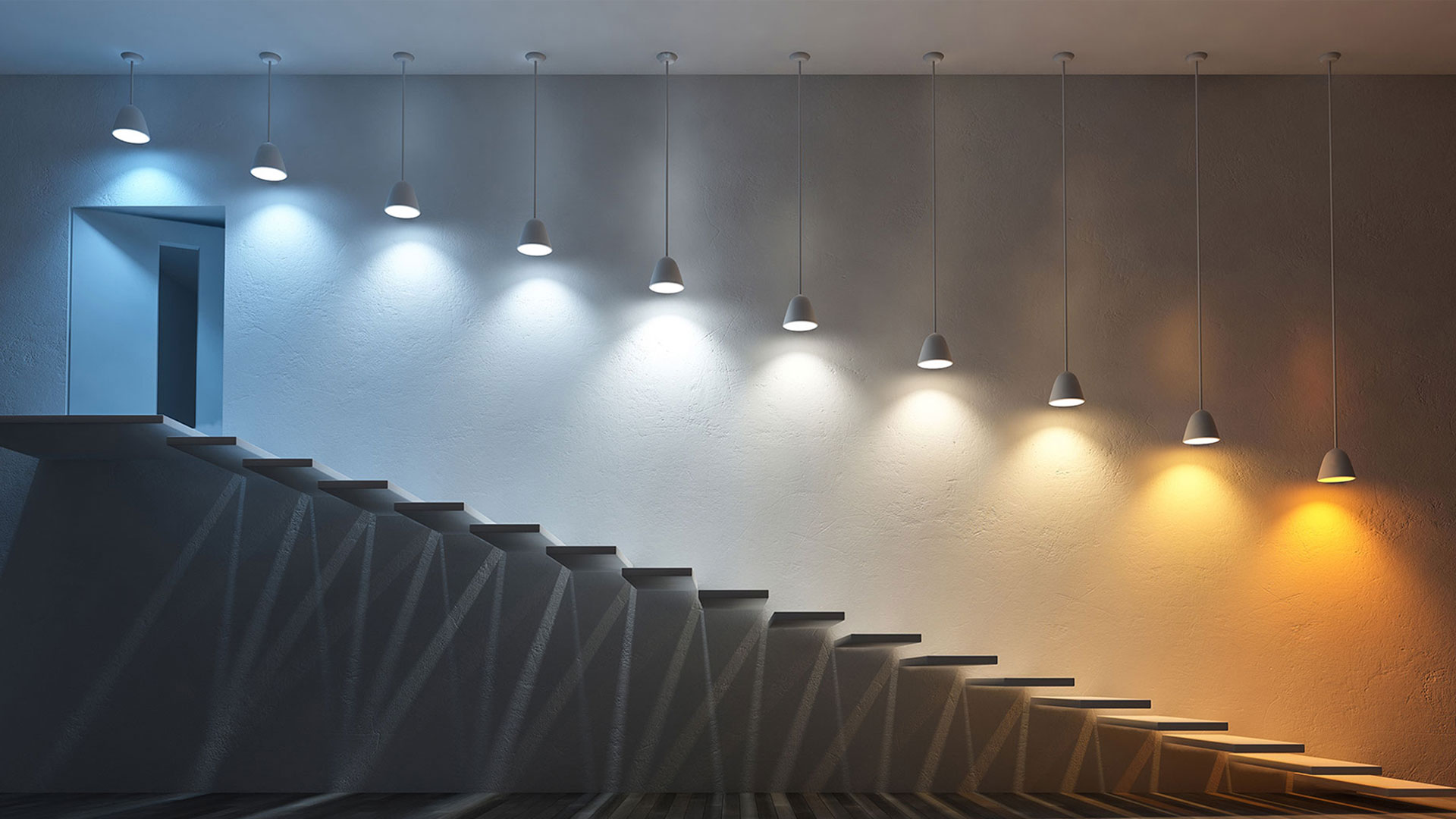





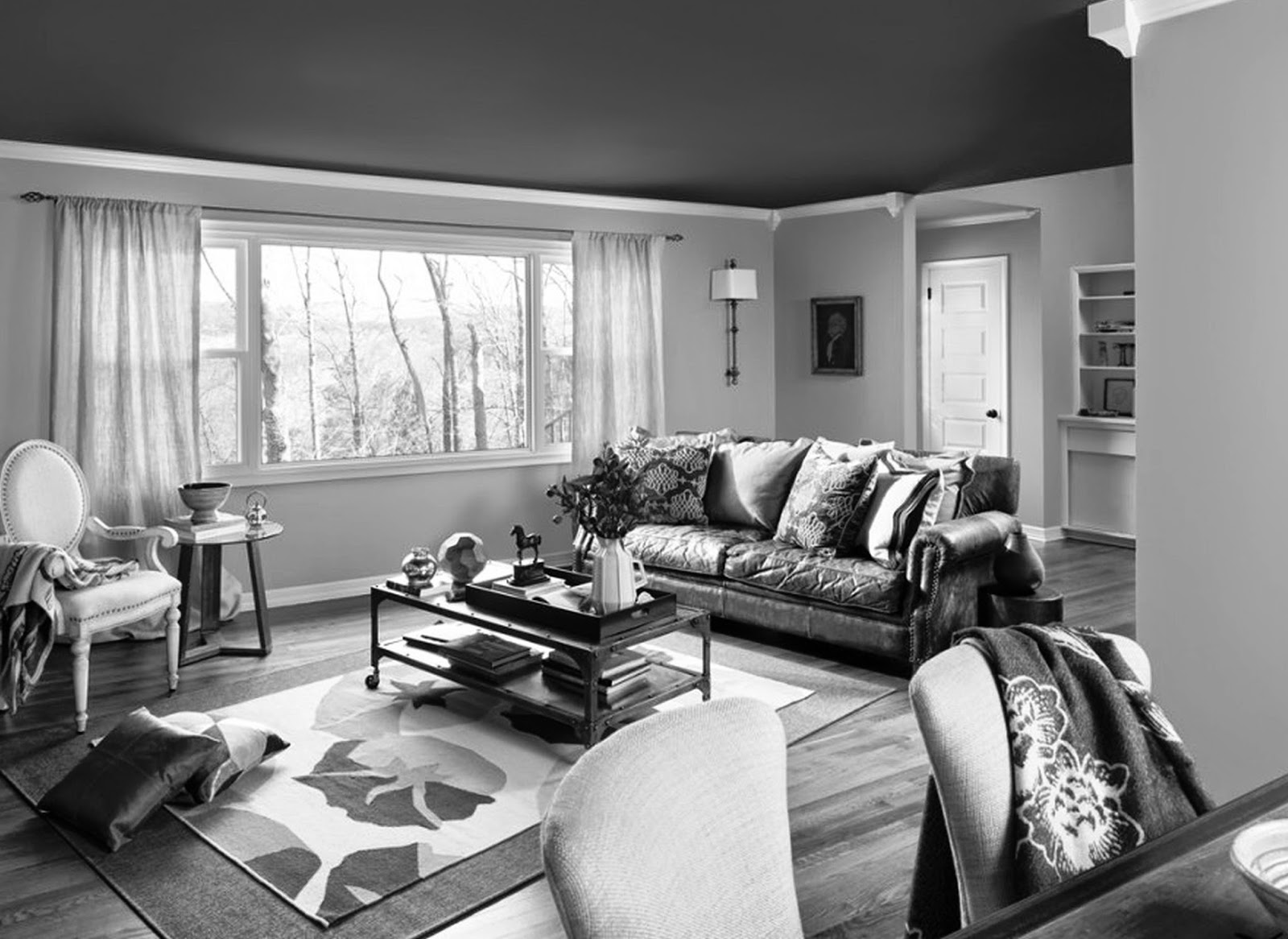

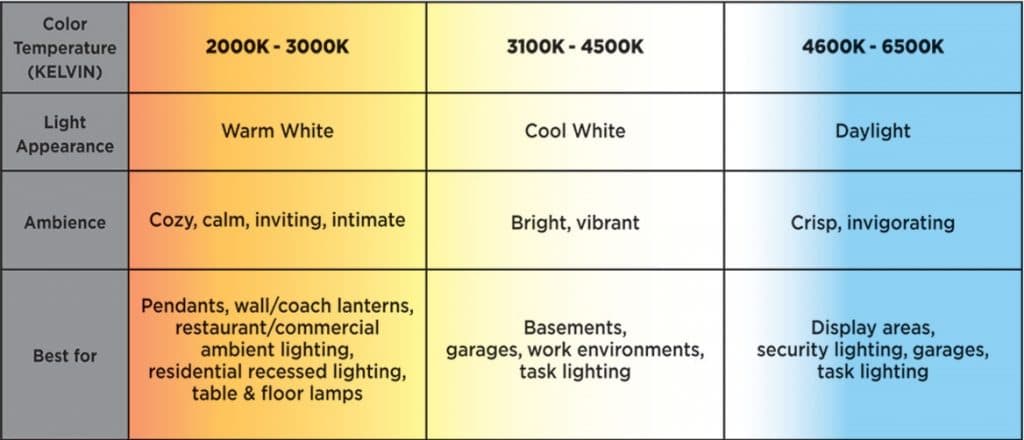





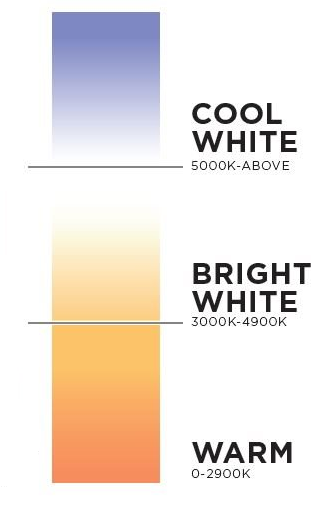






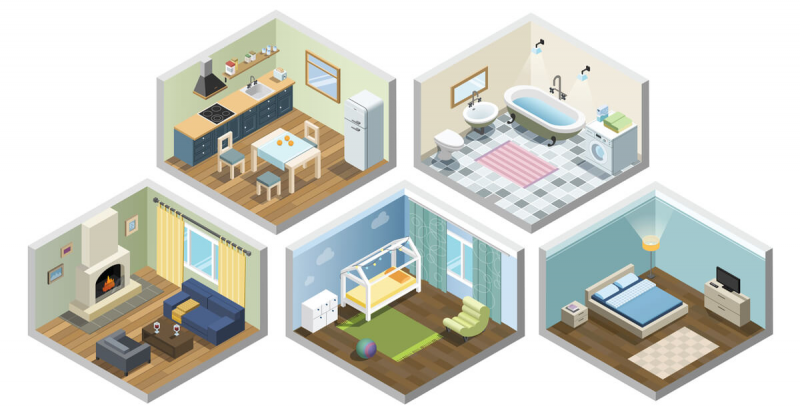







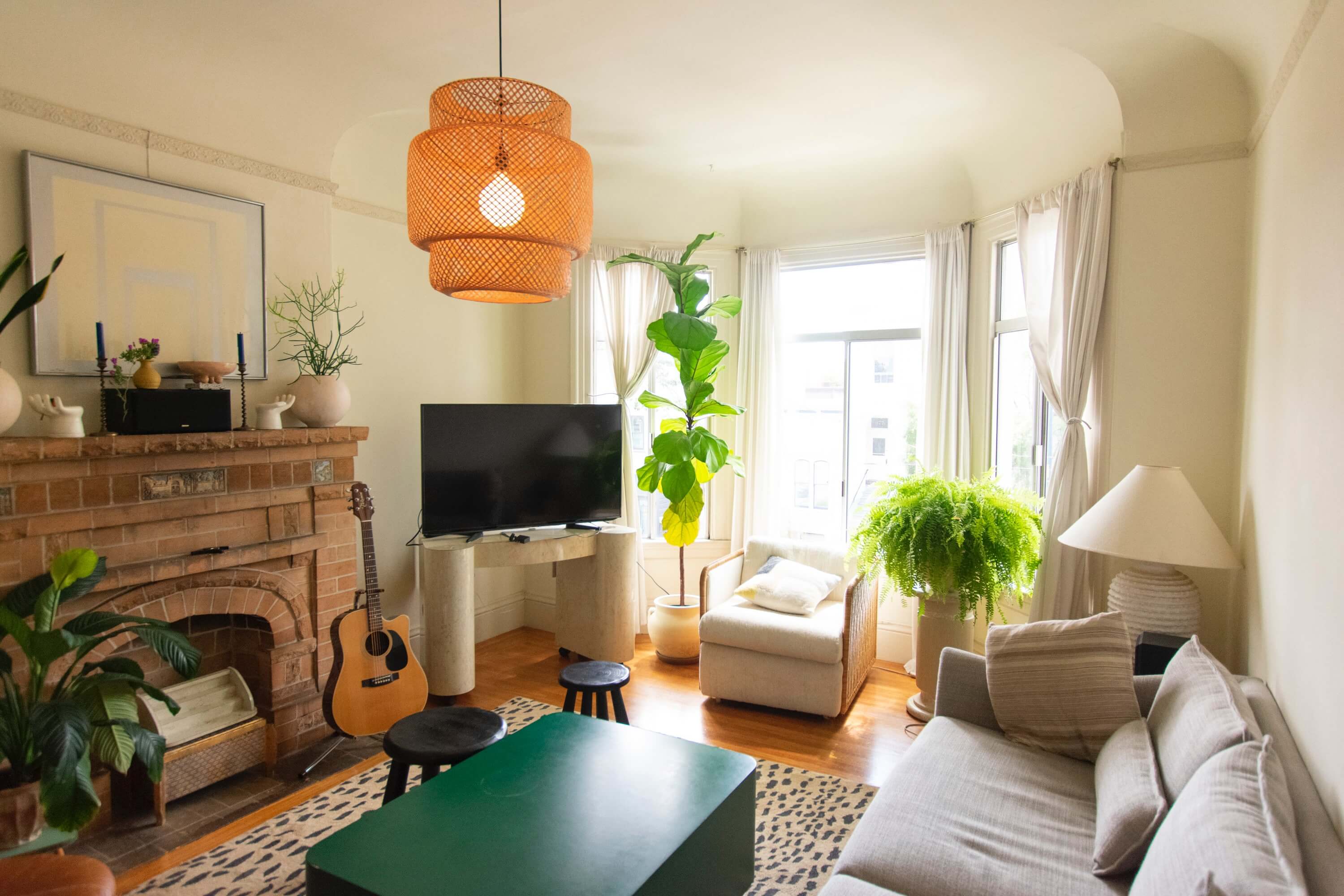

:max_bytes(150000):strip_icc()/Cozy-living-room-with-vaulted-ceiling-589fb14d3df78c4758a5523e.png)
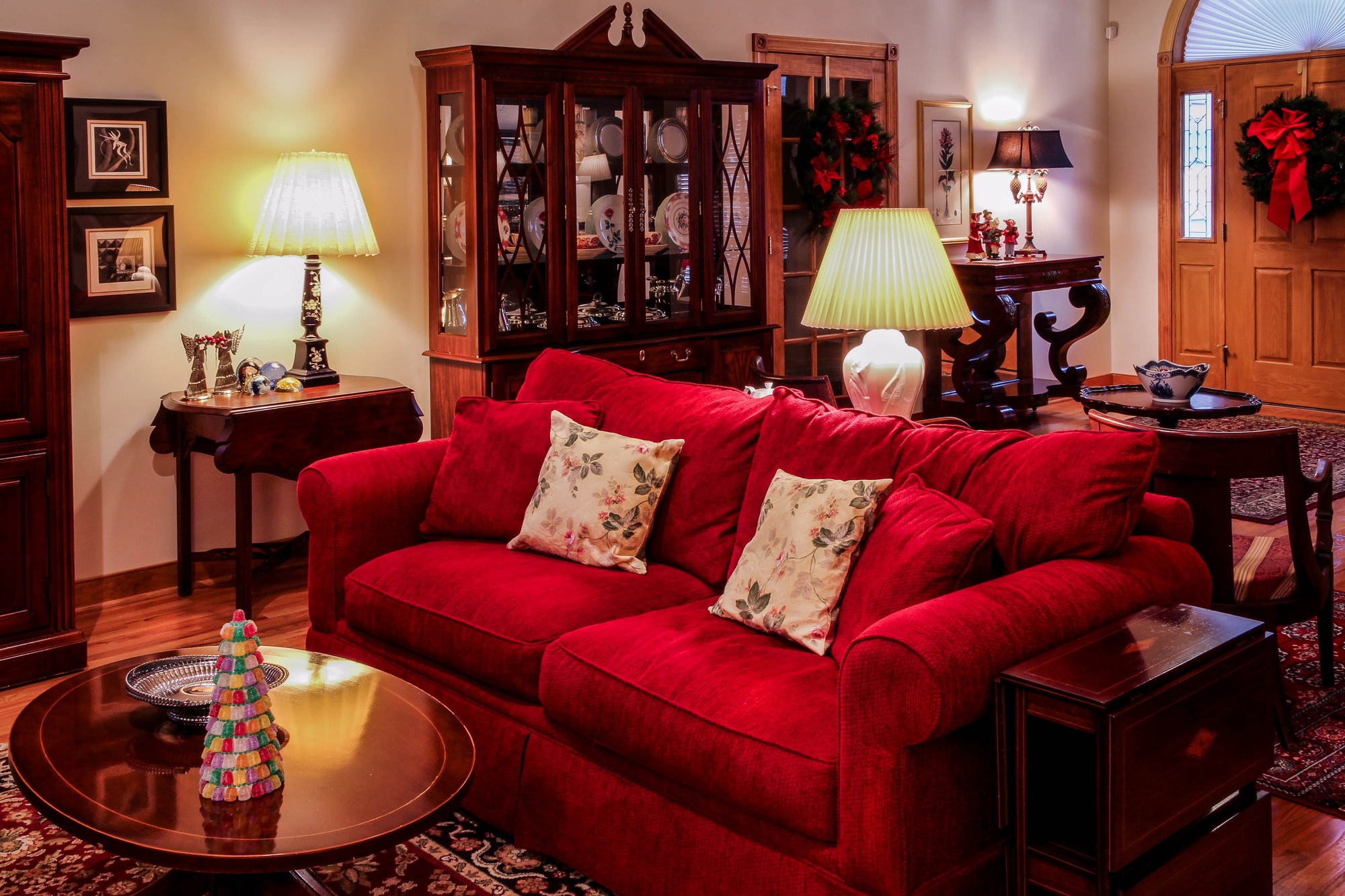
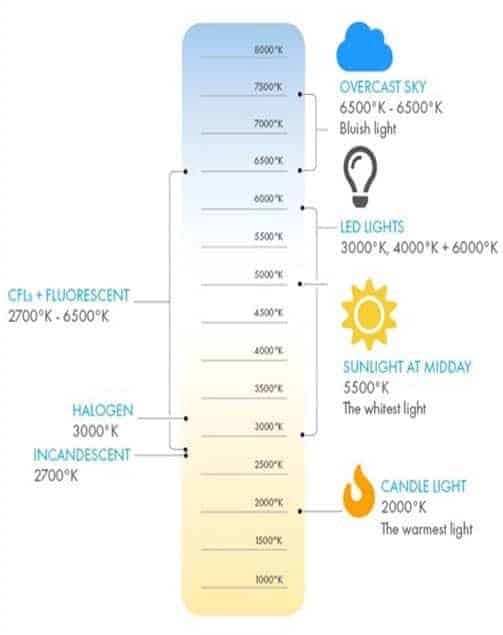
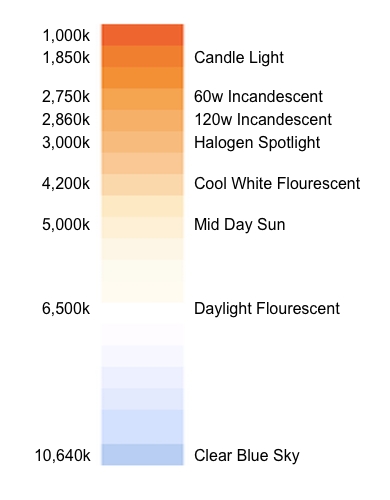
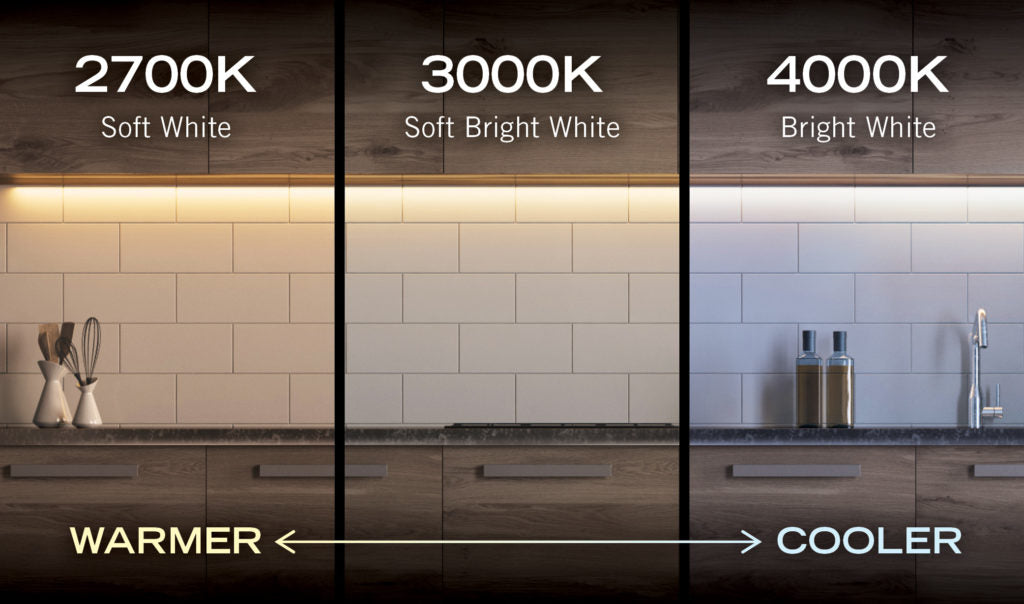

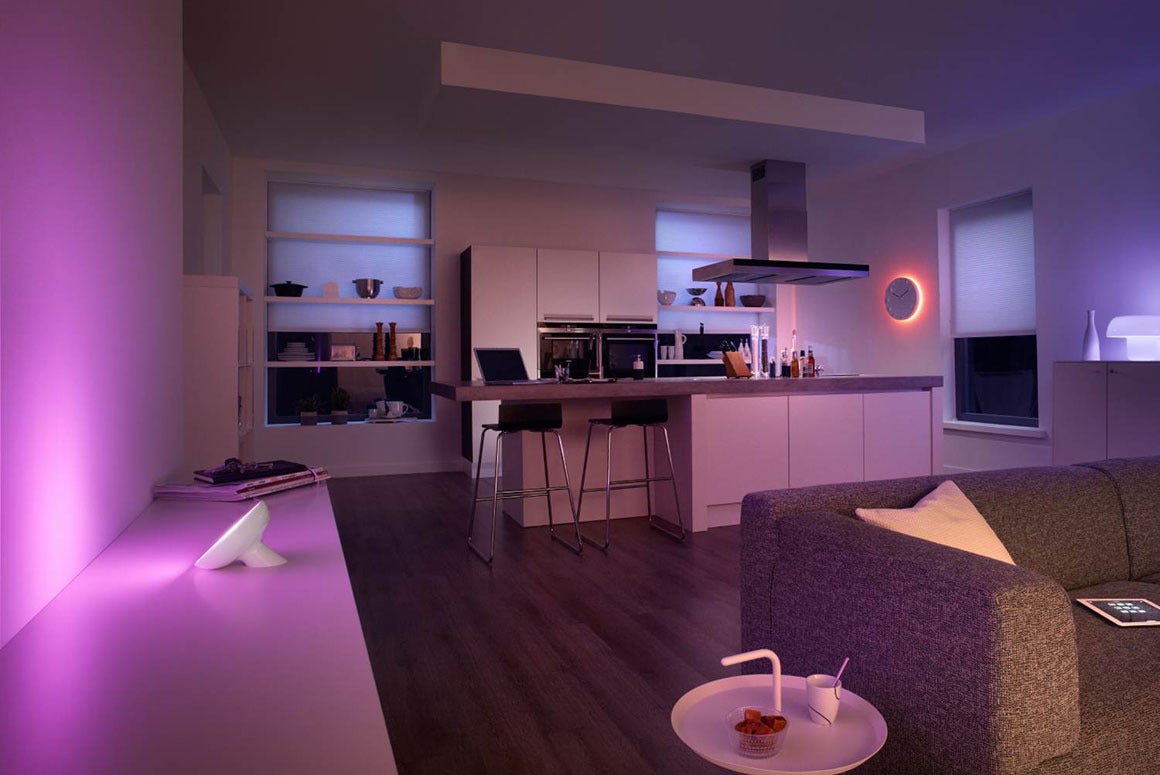
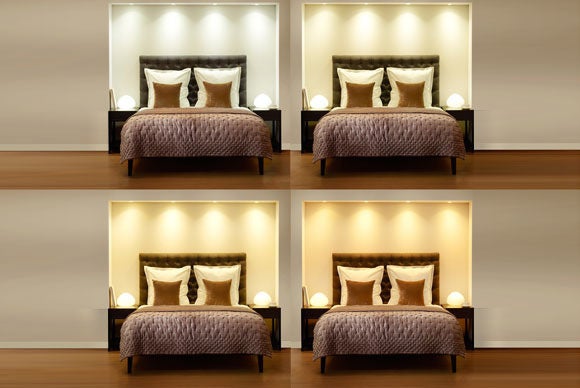

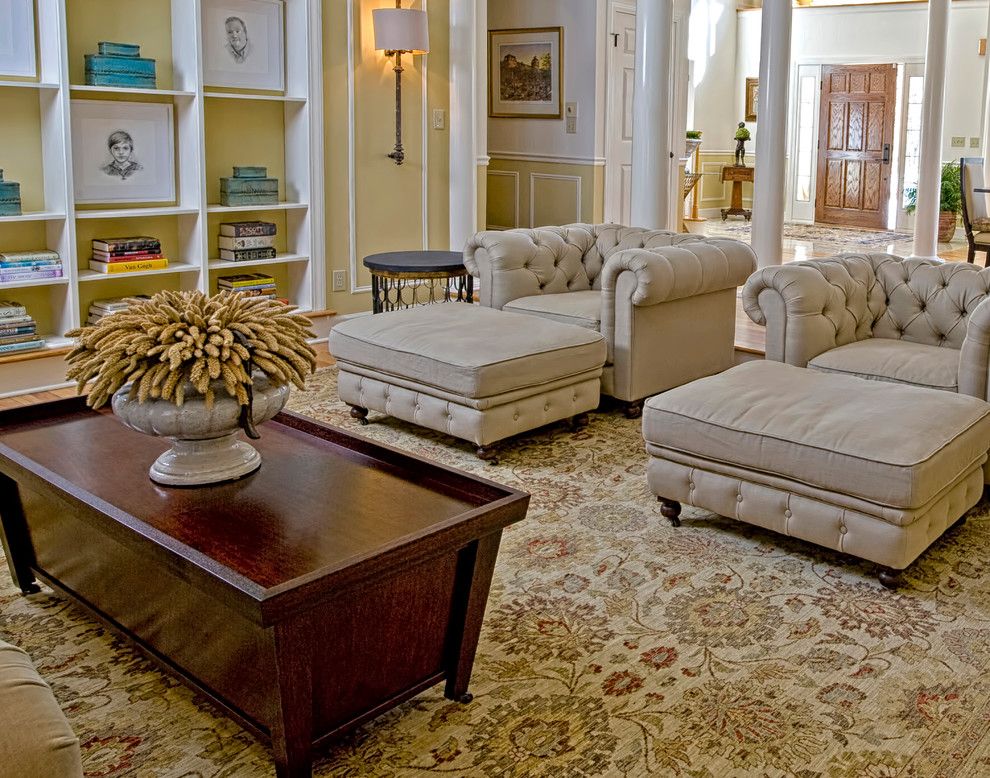
/how-to-install-a-sink-drain-2718789-hero-24e898006ed94c9593a2a268b57989a3.jpg)



